Electrical equipment is important to keep power supplied to industries, homes, and workplaces, so it is also important to disconnect them when the load current is poor. When this happens, immediate action must be taken to avoid uncontrollable damage, which is why it is so important to install switchgear assemblies along with your electrical equipment. There are various types of switchgear components, some of which are load break switches, disconnectors, disconnectors, and circuit breakers.
These components act as current regulators in electrical equipment, ensuring smooth operation. Among these components, the load break switch stands out because it can regulate various currents (normal current and short circuit current). So, in this article, we will provide a complete guide about load break switches. Everything you need to know about this component is discussed here.
1. What is a load break switch
A load break switch (lbs) ensures the connection, disconnection, and safe disconnection of loads in low-voltage circuits. This is accomplished by adding devices that increase the speed at which the disconnect switch blades operate, as well as devices that alter the arcing phenomenon and allow the safe cessation of arcing that occurs when switching load currents. Examples of these devices include horns, spring actuators, and whips.
The pound switch can be manual, automatic, or have a trip function. Assembling a load break switch is very easy, and it is not difficult to use. In the industrial sector, emergency switches, public power distribution, motor feeders, and switchboards are extremely important. The load break switch must have the following functions:
- It must be possible to interrupt a current equivalent to the continuous current rating in the system voltage.
- When closed, it must provide sufficient insulation to isolate the circuit.
- Must be able to break small capacitive and inductive currents, which is necessary for removing unloaded overhead lines, cables, transformers, and other electrical equipment.
- Must be able to carry the maximum fault current until the interrupting device clears the fault.
2. What is a no-load break switch
A no-load break switch is a “load unloading device”, i.e. it can only operate when there is zero current flowing through it. It is usually shut off when electrical equipment needs to be inspected, repaired, or replaced. This is done to isolate the device from the current flowing in the circuit. It can be done on the whole system or just the parts that need to be dealt with.
A non-load break switch is the exact opposite of a load break switch. It is not designed to break a load circuit, i.e. a circuit through which current flows. To break the circuit, you need other tools, using tools can avoid the danger caused by turning off the switch. Turning off the switch without using tools can cause an arc flash which can result in a fire outbreak, property damage, or even personal injury.
There are several types of non-load break switches. They include:
- Connectors to solar modules, such as MC connectors.
- Finger-safe fuse holder. A good example is those used in combiner boxes.
- Isolation devise that must be closed with a tool.
3. How a load break switch works
Load break switches work in a simple and relaxed way. Mechanically moving their contacts at an appropriate speed, load break switches change the flow of current. “Make” means to turn off the current, and “Break” means to turn on the current. During switching, it is subjected to mechanical, thermal, and dielectric stress.
Therefore, load break switches must undergo extensive testing according to IEC 62271-103 to investigate and thoroughly explore their breaking capabilities. A load-break switch’s behavior during braking tests is primarily determined by its current level and transient recovery voltage (TRV).
4. Advantages of load break switches
- Inexpensive: Load break switches are very inexpensive, making them a relatively preferred choice for everyone who has their pockets in mind when deciding what type of switch to buy. It’s much cheaper than a bipolar switch (a switch that connects to two separate circuits).
- Safer: The safety advantages of load break switches are outstanding. You can easily make (open) and break (close) circuits without fear of being in danger. Load break switches can be operated from a safe distance while remaining outside the arc flash zone.
A load break switch has a switching device that helps ground any charge that may remain after the switch is turned off. You can also safely switch off short-circuit currents with switchgear while protecting yourself and the switchgear from unintentional operation.
- Load break switches contain HRC fuses that protect transformers against faults. Fuse HRCs protect against damage caused by power supply stress, load stress, or internal faults.
- Very easy to turn the power on and off: The load break switch is very easy to operate. You can easily power it on and off. Unlike non-load break switches, you don’t need any tools to operate the switch’s ON and OFF functions. A load break switch has a spring mechanism for turning the power on and off. The load break switch is shockproof and it consumes less power.
5. Function of the load break switch
- Circuit Making and Breaking: A load break switch has arc extinguishing capability and is used to make (break) and break (close) current. This helps ensure that electrical equipment runs smoothly.
- Prevention of damage: As an integral part of the switchgear, the load switch must be ensured to prevent damage that may occur due to irregular currents in the circuit. A load break switch acts as a checker and stops irregular current flow that could damage the circuit.
- Other types of switchgear components cannot handle short circuit currents. A load break switch can make (break) a specified current in the event of a short circuit.
- Load break switches energize and de-energize circuits with a small amount of magnetic or capacitive current. Examples include transformer magnetizing current and line charging current.
- Protecting the safety of life and property: The load switch has a comprehensive function of preventing harm to life and property due to electrical factors. It prevents any electrical hazards caused by unbalanced currents, Undervoltage, or overvoltage. Load break switches keep life and property safe by eliminating the risk of fire or worse.
6. What is the symbol of the load switch
As mentioned earlier, there are four main types of switchgear components – load break switches, disconnectors, disconnectors, and circuit breakers. Each of these components has its symbols indicating its function. You’ll notice that each of them has a horizontal line connected to their symbol, with the exception of the load break switch.
The horizontal lines indicate their isolating function capabilities, i.e. the three components of the switchgear (disconnector, disconnector, and circuit breaker) are no-load break switches; they perform the isolating function.
7. What are the types of load break switches?
Load break switches come in several types:
1) Vacuum load switch
A vacuum load break switch is a device that interrupts electrical current when activated. A load break switch can be closed manually with a switch handle or automatically with an electrical signal. It has a remote closing device and is equipped with an automatic device that can cut off and protect electrical equipment when it trips. Long electrical life, relatively high price, suitable for devices with a voltage of 220kV and below.
Equipped with a shunt trip and an optional Undervoltage solution, this load break switch ensures that your electrical equipment benefits from a higher level of protection. Vacuum load switches can be used in a wide range of circuits to interrupt short circuits or voltages.
These switches help keep your electrical system in good working order by acting as general load break switches. To avoid system interruptions due to short circuits or voltage failures, the system operates within a vacuum line.
When the vacuum load break switch detects a current flow or a fault, it trips. Once it happens, it should be checked thoroughly. All components must be thoroughly inspected for damage or breakage before reconnecting the device.
2) SF6 load switch
SF6 gas is used as an arc extinguishing and insulating medium in this medium voltage switchgear. In a switch, there are three functional positions: open, closed, and ground. The switch has the advantages of small size, convenient installation, good environmental adaptability, and wide application range.
In addition, SF6 gas is used to extinguish the arc, which results in a large breaking current and good capacitive braking performance, but the structure is complicated, and it is suitable for devices with voltages over 35kV. SF6 load switch has the characteristics of good safety performance, high safety and reliability, small size, maintenance-free, lightweight, and safe operation.
The weak point of the internal structure of the load switch housing, once an internal arc occurs, it will open quickly, and then the shutter outside the cabinet releases the arc red to open the air overpressure steam guide. This ensures a safe inspection of the switchgear.
3) Air load switch
Air is used as the dielectric and arc extinguishing medium in this load switch. It can also be defined as a switchgear that uses air as the interrupting medium. In the air break switch, the contacts open in the air, and compressed air is used to prevent arcing. An arc extinguisher, an air tank with a compressed air supply, and an electro-pneumatic actuator make up this load break switch.
Air load disconnect switches are commonly used to break a circuit under load. The arc created when the switch is opened can be extinguished in several ways, it can be extinguished by moving the contacts away from each other or by interrupting the power supply. The arc is extinguished by lengthening the horn in the switch structure. A horn is nothing more than the metal parts that make up an arc.
When the switch is opened, the arcs tend to move away from each other and eventually break. It is possible to break the large current in the arc with compressed air, but the structure is more complicated, and it is suitable for products with a voltage over 60kV.
4) Medium voltage load switch
This is a load break switch that can handle voltages from 3 kV to 36 kV. There are various styles such as metal-enclosed outdoor type, metal-enclosed indoor type, and outdoor metal-free enclosed type. The interrupting mode of this load break switch can be SF, oil, or vacuum. The main function of this load break switch is to interrupt the current in the event of a fault, regardless of the type of medium voltage circuit breaker used by the medium voltage load break switch.
Switchgear components ensure continued safety, electrical stability, and electrical equipment durability, and require minimal maintenance, which helps eliminate environmental damage.
5) High voltage load switch
- Solid-state gas-producing high-voltage load switch: use the energy generated by arc breaking. It causes the gas-generating material of the arc chamber to generate gas to blow out the arc. Simple structure, suitable for equipment with voltage below 35kV.
- High-pressure air pressure load switch: In the breaking stage, the piston air pressure blows out the arc. It also has a basic structure that is ideal for equipment with voltages of 35 kV or less.
- The compressed air type of high-voltage load switch blows out the arc and cuts off the large current. The structure is relatively complex, and it is suitable for devices with voltages of 60kV and above.
- Oil-immersed load switch: It uses the energy of the arc to break down and vaporize the oil around the arc and cool it down. It is simple in structure but heavy; it is suitable for outdoor equipment with a voltage of 35kV and below.
6) Low voltage load switch
This is a load break switch rated at 1 kV. There are HRC fuses, low voltage circuit breakers, switches, unloading electrical isolators, miniature circuit breakers (MCB), earth leakage circuit breakers, and molded case circuit breakers (MCCB). It can be used to manually or intermittently switch on and off the load circuit in the AC power frequency circuit, and can also be used for line overload and short circuit protection.
The contact knife completes the on-off circuit, while the fuse completes overload and short-circuit protection. It has a basic structure and reliable mechanical interlocking components. Once the cover is opened, the switch cannot be closed, and when the switch is closed, the cover cannot be opened, ensuring safe operation.
8. What is switch load
Load usually refers to power consumption, or the electrical demand a device places on a circuit. Take the load on a lighting circuit as an example; you can calculate the “total load” or maximum wattage of all the fixtures on the circuit. The load on the switch is the energy dissipated by the switch. The load is marked on a Ground Fault Circuit Interrupt (GFCI) outlet because the outlet has a circuit breaker that cuts off the flow of electricity if a power surge is detected.
Swapping the load wires on a standard outlet has no effect on the outlet, however, doing the same on a GFCI outlet will disable the breaker. This prevents the receptacle from providing the protection it is supposed to, creating a potentially dangerous situation.
9. Load break switch specifications
1. Tests: These are the following tests performed on the load break switch to ensure optimum functionality.
- A routine test is one that is conducted periodically. It is used to determine the breaking capacity of the load break switch. This test is performed to understand the peak value of the transient recovery voltage (TRV) withstand capability after a current interruption occurs.
- In a capacitive current switch test, an unloaded transmission line, cable, or other device is suddenly opened, causing a high voltage spike that stresses the switchgear’s insulating medium.
- Therefore, when the load-breaking switch breaks the line charging capacitor current, the line charging current test task will be carried out to evaluate its braking ability, and the cable charging current test will be carried out to evaluate the ability to break the cable charging current.
- During a closed-loop switch test, both sides of the switch remain energized after the switch is broken. To evaluate this capacity, a closed-loop switch test must be performed.
- Short Circuit Test: Sometimes a load break switch will close when a fault exists. The optimum peak value of the first main current loop of the current in the switching pole will be observed shortly after the current flow starts during the switch-on operation. The load break switch must be able to close instantly when the contacts make contact, and it must be able to withstand immense mechanical forces.
- Switches must be short-circuit tested for at least 10 switching cycles at 100% primary active load.
2. Inspection: This is a periodic inspection of the load break switch. This action notifies service, maintenance, and repairs when required.
10. The difference between a load break switch and a circuit breaker
Load break switches and circuit breakers are different. They should not be mistaken for the same thing, nor should one be used in place of the other. There are two main parameters for connecting and disconnecting power in electrical installations. they are:
- Capacity: optimal load current at start-up.
- Breaking capacity: the best fault current that can be broken.
A load break switch can make and break load current, but cannot do the same for fault current. A circuit breaker, on the other hand, can do both, make and break load current and fault current.
1) Load switch
A load break switch controls the flow of current in a circuit. It can be used to stop or start the current flow. It performs manual disconnection or reconnection of electrical power by activating or closing an air-insulating gap between two conductive points.
2) Circuit breaker
Circuit breakers have been around for a long time. It was first invented by Thomas Edison in 1879. Circuit breakers are used to protect motors and wiring when the current flowing through a circuit exceeds its intended limit. It does this by withdrawing current from the circuit when a dangerous situation occurs. Unlike a switch, a circuit breaker does this automatically and cuts off power instantly.
A load break switch is used to turn the power on and off; fault conditions cannot be detected and interrupted by the switch. It will most likely melt or catch fire, but the circuit breaker will “break” the circuit in the event of a fault. A load switch is used to perform a large number of operations; it can be turned on and off individually. On the other hand, if the circuit breaker is turned on and off repeatedly, it will eventually fail.
11. Conclusion
A load break switch is a protective device used in electrical installations to switch on and offload currents. It ensures the proper functioning of electrical equipment. It’s very cheap, safe, protects the transformer, and is very easy to switch on and off. Load break switches are very important in electrical systems, not only for industrial but also for domestic applications. Circuit breakers are also important because they accommodate load failures.
How useful was this post?
Click on a star to rate it!
Average rating 0 / 5. Vote count: 0
No votes so far! Be the first to rate this post.
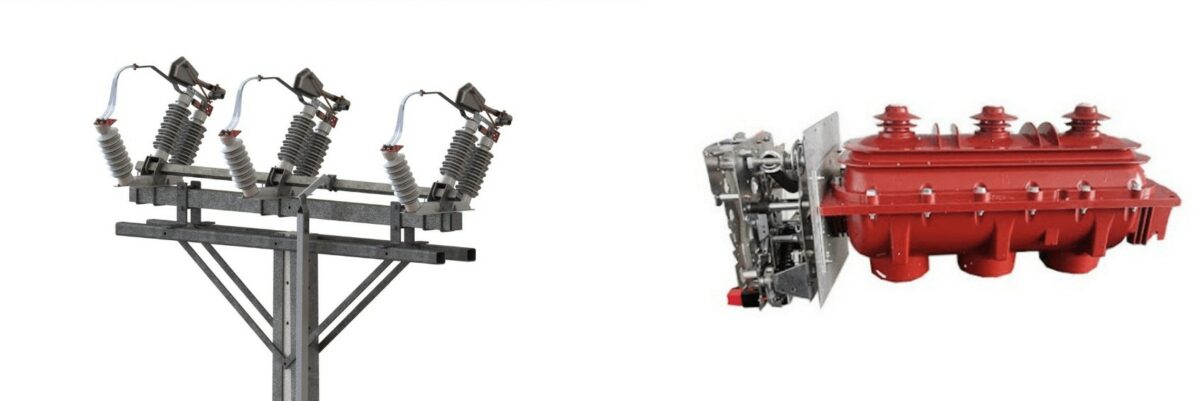

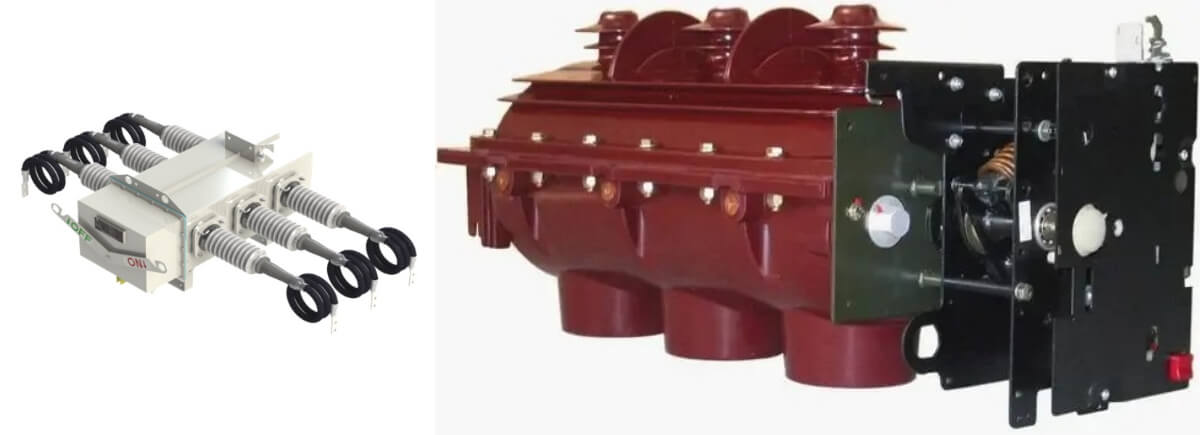
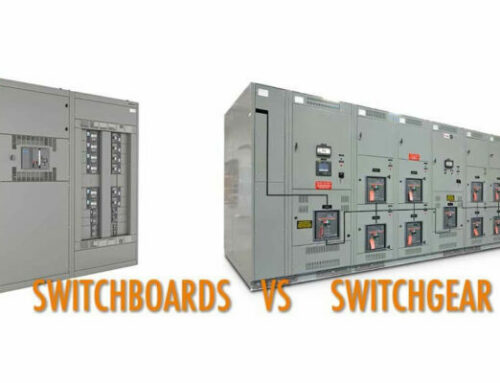
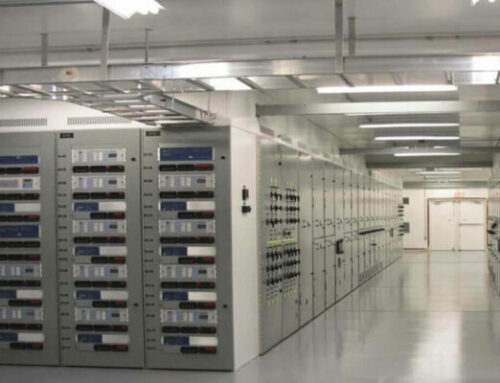
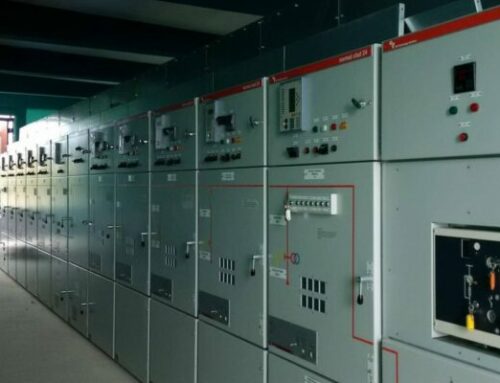
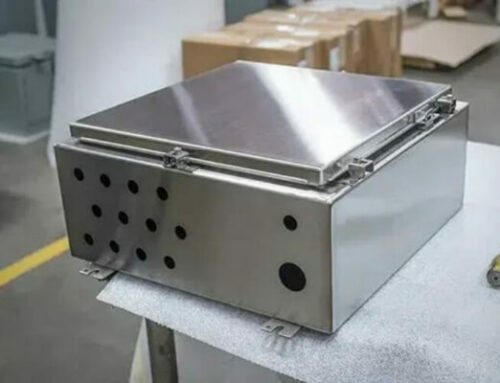
Leave A Comment